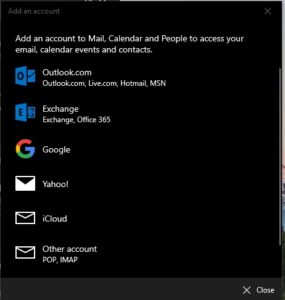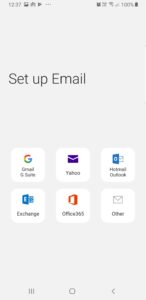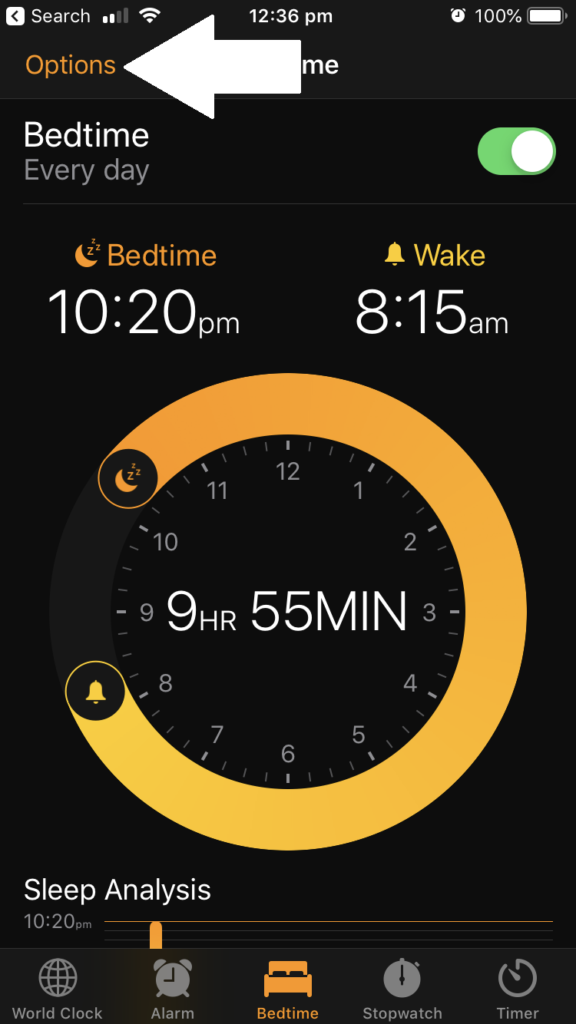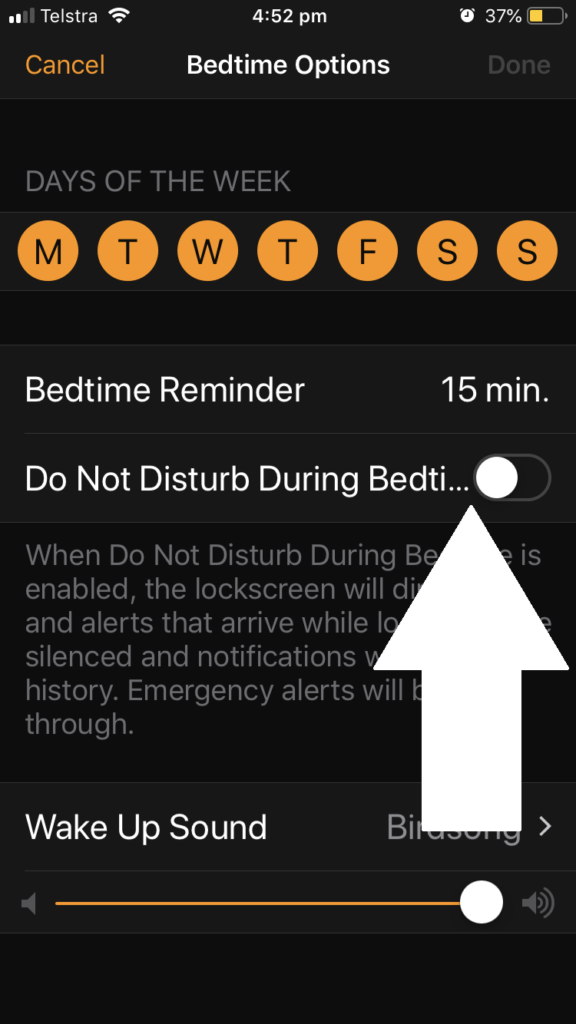How do I use an XBox One game controller with my Windows computer?
Article
How to use an Xbox One controller with your PC | Windows Central
My Comments
If you do play games using your Windows computer, you may want to use a game controller as a better alternative to the keyboard and mouse or trackpad. This may be of importance with most fast-paced games where games-console-style controllers may suit you better.
The same game controllers that work with Microsoft’s XBox One games console can work with your Windows computer out of the box. This is without needing to add any extra drivers to your Windows setup.
It doesn’t matter what form factor the controllers come in so that flight-yoke or steering-wheel controllers designed for the XBox One can work with Windows computers. As well, the XBox Adaptive Controller which brought video gaming to those with limited abilities can also work with Windows computers.
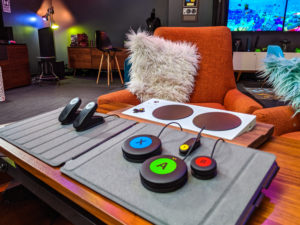
This also applies to the XBox Adaptive Controller and its custom switches that opens up gaming for those of us with limited mobility
For that matter, the XBox Adaptive Controller could open up the same kind of real-world-interface programming that was pitched during the 1980s for computers of the BBC Micro or Commodore 64 ilk. This would be feasible if you know how to write XBox controller functionality in to the software you are developing.
Physical connections
Wired setup
This is very simple if you have a full-function “charge and sync” Micro-USB cable on hand of the type that was used to charge or transfer data to “open-frame” mobile devices. These will typically have a standard USB Type-A connection which will work with most computers.
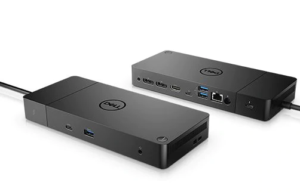
USB-C and Thunderbolt 3 docks and adaptors like the Dell WD19TB Thunderbolt 3 dock can allow you to use the XBox One game controllers with your newer laptop’s USB-C port
If your computer uses USB-C or Thunderbolt 3 as its only peripheral connection option, you can buy a USB-C to Micro-USB cable (Amazon, Harvey Norman) and use that instead of the aforementioned USB-A to MicroUSB cable for connecting your controller. Or you simply use a USB-C adaptor with a USB-A female socket with your existing cable for your USB-C-based computer. As well, if you use the computer with a USB-C hub or dock that has at least one USB-A port, you can use the ordinary Micro-USB cable with that setup.
You may also find that connecting two controllers directly to the host or via a USB hub may work for local multiplayer games.
Wireless setup
Older XBox One game controllers will need to be used with a Microsoft XBox Wireless Adaptor which is a USB transceiver dongle for XBox One game controllers. This plugs in to any USB Type-A port on your computer but look at the notes in the above secton about wired setups if your computer just has USB-C ports.

If your computer like this Dell Inspiron 15 Gaming high-performance laptop supports Bluetooth, you don’t need to use a receiver dongle if you use very recent XBox controllers
If your computer supports Bluetooth which most laptops, all-in-ones and low-profile computers do; current-generation game controllers will support Bluetooth connectivity. It also holds true if you are using a Bluetooth adaptor dongle or expansion card with your desktop computer that doesn’t have Bluetooth connectivity. In all these cases, you have to be sure that your computer’s Bluetooth functionality is turned on and active.
Pairing your games controller with your Windows computer is very simple, but you have to have the games controller turned off beforehand. This typically asks you to open “Settings” in Windows by clicking on the “gear” icon in the Start menu. Then you click the Devices option which has your computer able to listen for devices about to “come online”.
Press the large X button on your XBox games controller to turn it on. Subsequently, your Windows regular computer will list it as a newly-discovered device. Click this device to finish off the pairing process.
IF you are setting up multiple controllers for a local multiplayer game, you may have to repeat this process for each controller.
Further notes
You will need to install the XBox Accessories app from the Windows Store to get the most out of your controller. This is important for setting up different control layouts which may be necessary for different games and different players.
It will also enable a “co-pilot mode” to allow two controllers to manipulate the same character in a game. This can be of use in helping novice players get the hang of a game or can allow you to use two different controller types as complementary controllers.
What this will mean for people who play games using the XBox One console or a Windows computer is that they only need to have one set of controllers that can be used with both devices. That is rather than having to retain a controller for your PC and one for the XBox One.

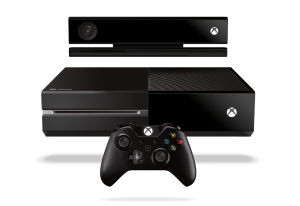
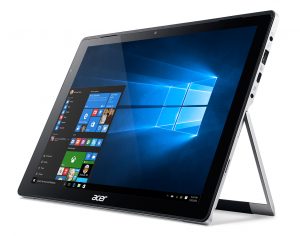


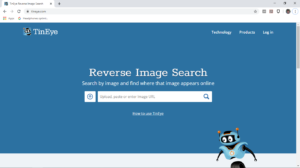
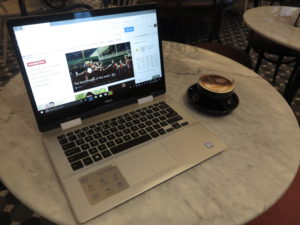
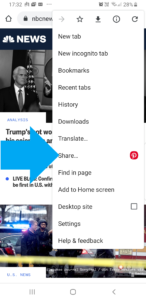

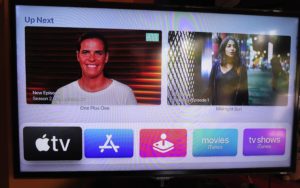
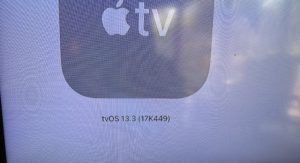
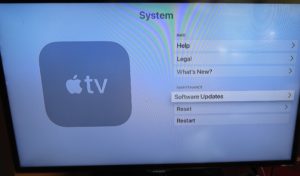
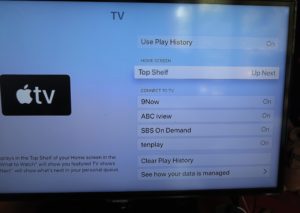
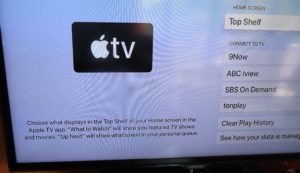
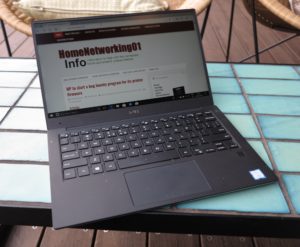


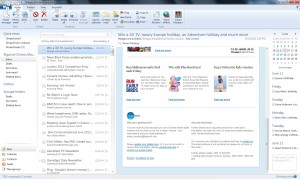
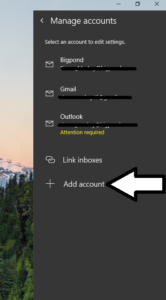 People who have a public-facing business life such as politicians or celebrities will maintain a public-facing email address to maintain an email correspondence consistent with that public-facing role. This is becoming more important where people in the public eye are becoming more vulnerable to “dirt-digging” – the practice of trawling for any information to discredit one’s reputation.
People who have a public-facing business life such as politicians or celebrities will maintain a public-facing email address to maintain an email correspondence consistent with that public-facing role. This is becoming more important where people in the public eye are becoming more vulnerable to “dirt-digging” – the practice of trawling for any information to discredit one’s reputation.